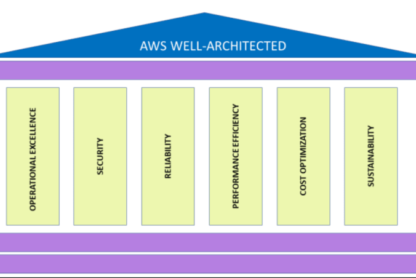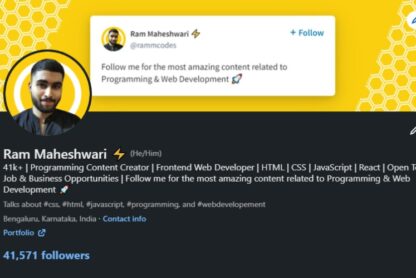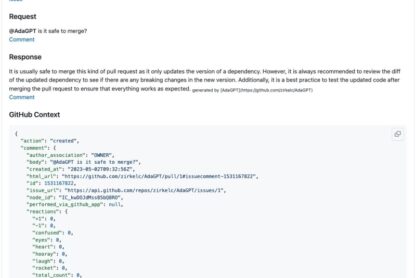Introduction
Ruby is a different programming language for at least 2 reasons:
The language is very permissive
Indeed, most languages are restrictive. They create constraints for developers for their “safety”.
On the other hand, Ruby is a permissive language backed by a set of design principles (duck typing, etc.).
The decision to follow these design principles (or not) is the responsibility of the developer.
The vocabulary of the language is human-friendly
In most programming languages, the language is seen as an intermediary between the machine and the developer.
In Ruby, the language is apprehended as a way for the developer to express ideas in a human-friendly way - The famous Developer Happiness first adage.
Ok. So, how about slightly reshaping your way of thinking when using Ruby to enable your full potential?
The way Ruby responds to a problem
When the Ruby Core Team implements a feature, it’s always focused on developer usability. That’s why the language seems so natural to use
list_cart unless @cart.include? 'pineapple'
Here, we can read this code as follows:
List the content of the cart unless the cart includes a pineapple.
In this statement, Ruby provides 3 tools:
- the
unlesskeyword - the one-liner syntax
- the
include?method
All these tools can be combined to provide a natural syntax close to what your mind can express to solve this problem. I guess you get the point here.
So, why do we need to unlearn programming to learn Ruby?
Learn to unlearn programming
It’s exaggerated… You don’t need to “unlearn” programming.
Because Ruby implements all the tools and concepts of CompSci. I want you to focus more about learning to “think” like a Rubyist and not like a developer.
In general, a developer adapts his way of thinking to a given program to respond to certain constraints imposed by the programming language.
So this adds layers between the developer’s thoughts, the code, and the final program.
Conversely, Ruby tends to remove the barrier between developer thoughts and the code.
Now let’s see how to reshape your way of thinking. To do so, there is a simple exercise that you can quickly implement:
Try to transcribe your thoughts into Ruby code.
For instance, how would you write the code for the following need in Ruby?
When the user receives a message then we send an email to this user.
Another way to express this need would be:
Send an email to the user if the user receives a message.
Keep your focus on the statement - and not the methods and objects you need to define for this statement.
For instance, I didn’t define list_cart and @cart in the previous section.
list_cart unless @cart.include? 'pineapple'
It is in a second time that I will define the content of the methods and variables that I need for this sentence.
Feel free to let a comment to share your way to express this need!
Conclusion
Ruby is a different programming language. The Core team genuinely believes in developer happiness. It allows you to express your thoughts as close as possible to human language.
That’s why you should tend to learn and use the tools provided by the language as much as possible to transcribe your thoughts into Ruby code.
You don’t have as many constraints as most programming languages. So take advantage of what Ruby gives you!
💚
Expand your 𝑹𝒖𝒃𝒚 𝒐𝒏 𝑹𝒂𝒊𝒍𝒔 knowledge with our weekly newsletter! 💌 💫
From beginner-friendly 𝗴𝘂𝗶𝗱𝗲𝘀 to advanced 𝘁𝗲𝗰𝗵𝗻𝗶𝗾𝘂𝗲𝘀, there’s something for everyone. 📈
Join us and level up your skills! 🚀




